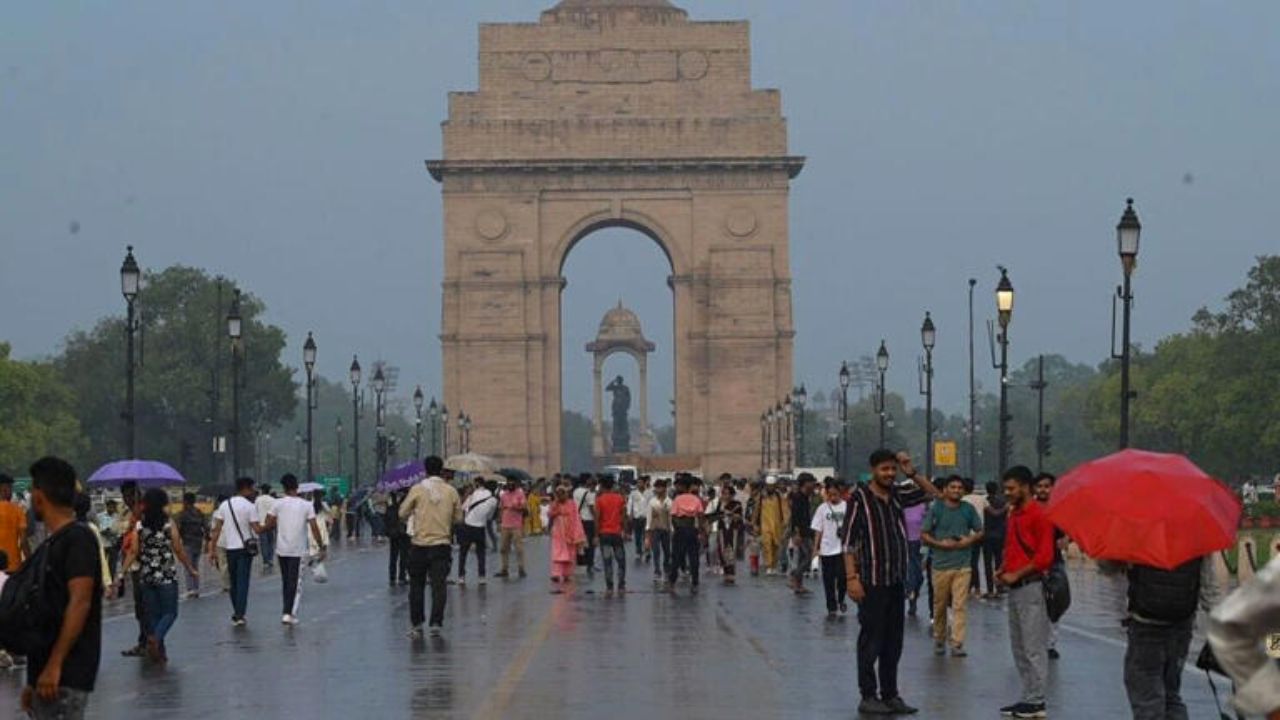 English
English

The Delhi residents have perceived this change as an invaluable present and city recorded that it is 12th consecutive day of better air quality.

Rain purify Delhi air
New Delhi: After weeks of persistence heat and an inflexible blanket of pollution, Delhi has finally enjoyed a needed relief. The wave of monsoon rainfall has performed miracle suddenly improving the toxic air overnight, reports Dynamite News correspondent.
The Delhi residents have perceived this change as an invaluable present and city recorded that it is 12th consecutive day of better air quality.
Before monsoon, the capital was filled with smoke and smut. It was like grime that was seen through naked eyes. The air quality index (AQI) was poor or very poor, and living with it was a task; now it's better.
The heavy rain acts as a natural, strongest cleanser, which washes out tiny particles, dirt, grime, and many pollutants that were stubborn. It's noticeably fresh and feels new again.
The pollution is not just about clear view; the pollution is directly proportional to health: it means fewer breathing problems, fewer allergic reactions, and a decline in skin problems and other diseases that come before the monsoon.
Older people and those who are more likely to be affected will benefit from the improvement of air quality. The air quality needs to be maintained year-round with the help of clean air action.
Monsoon has its own challenges like water logging, an increase in traffic because of water, an increase in diseases like dengue and malaria, and an increase in air pollution is worse than affect people and places.
Delhi Environment Minister Manjinder Singh Sirsa said the best-performing hotspots were Rohini and Bavana with an AQI OF 70.
Pollution is one of the largest environmental threats to humans, which is a major cause of early death, and major diseases like aids, tuberculosis, and malaria combined.
Over 95% of the global population is taking in polluted air, which is more polluted than what is considered safe by WHO. It means everyone is at high risk.
PM2.5 is a major type of air pollution, which cannot be seen through the eyes; these are thinner than hair, and the lungs and bloodstream are mainly harmed.